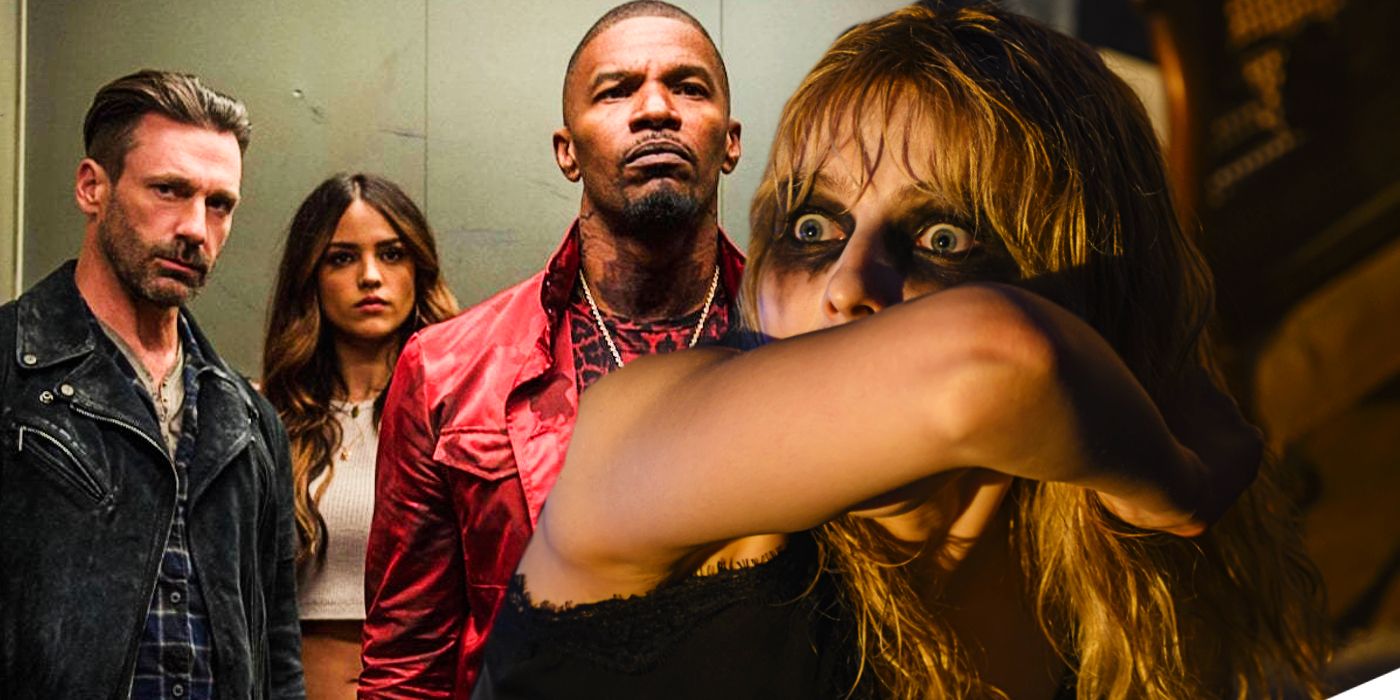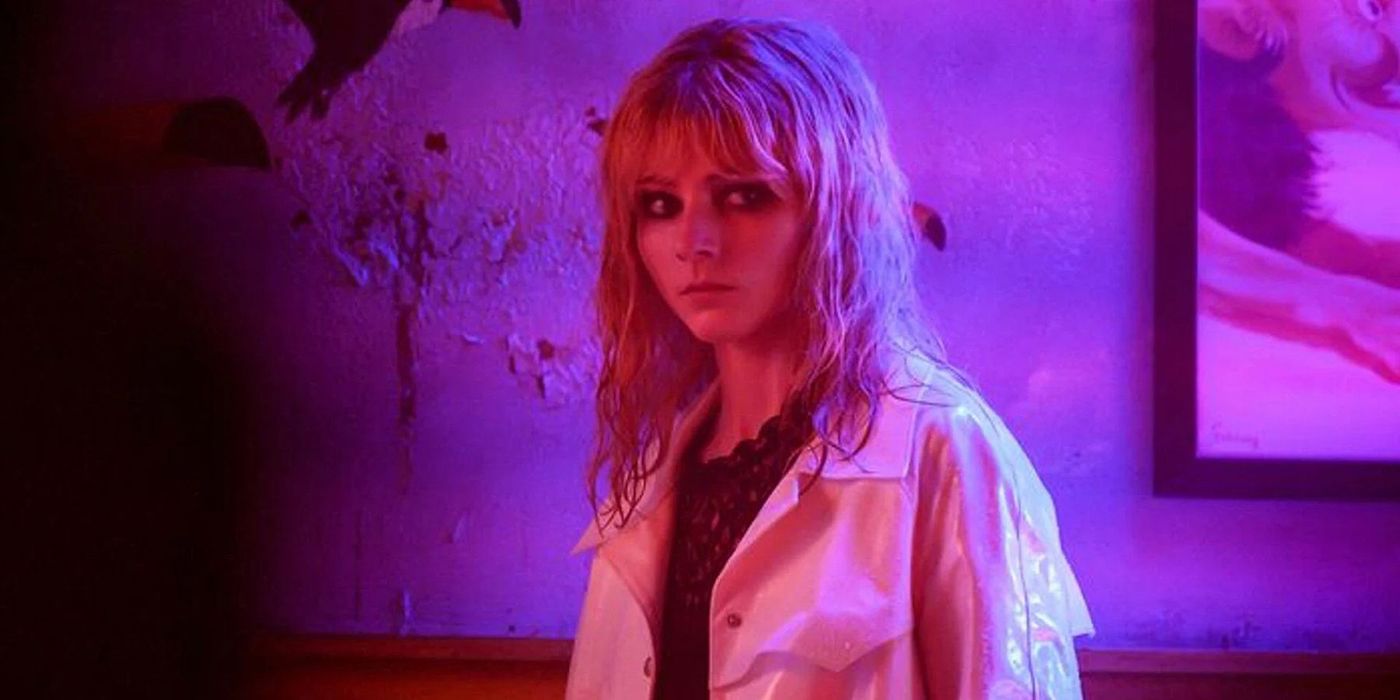Director Edgar Wright’s Baby Driver was set in the present but nostalgic for the past, while his follow-up Last Night In Soho takes the exact opposite approach to this formula. Edgar Wright’s career has seen the helmer work in many genres, with Last Night In Soho being his first foray into horror. However, Last Night In Soho owes a creative debt to his 2017 action/thriller/romance Baby Driver, as the horror inverts the formula of that earlier hit.
Baby Driver was a straightforward chase movie with a heroic, morally upright lead, a sweet love interest, and some cartoonishly evil baddies. In stark contrast, Last Night In Soho is a morally murky story wherein no one is all good or all bad and nothing is as it seems. Ironically, though, the Giallo-influenced Last Night In Soho is set in the often-idealized ‘60s, whereas the idealized action of Baby Driver takes place in the present day.
With its throwback soundtrack, simple story, and broad characters, Baby Driver harkened back to an earlier era of old Hollywood moviemaking despite being set in the present. The tale of a well-meaning getaway driver who escaped his life of crime by falling in love, Baby Driver was almost too over-the-top in its black and white morality. The hero even went to prison to pay for his crimes at the end before driving off into a happily ever ending where, in contrast, the messy and morally complex characters of Last Night In Soho live in a ‘60s London that is gradually revealed to be a labyrinth of crime and cruelty, despite the time period being an often-romanticized setting.
Where Baby Driver drew on an idealized past despite its contemporary setting, Last Night In Soho refuses to glamorize the past despite being largely set in the ‘60s. It would be understandable for a movie set in ‘60s London to depict the time as an era of free love and understanding, whereas it is rare for contemporary crime thrillers set in America to be as sunny and optimistic as Baby Driver. However, Wright’s two movies take opposite approaches to the same idea of a romanticized past, with Baby Driver bringing old Hollywood morals and tone into the present while Last Night In Soho brings contemporary social mores back to the ’60s.
The twist ending of Last Night In Soho leaves viewers unsure how much to empathize with a murderer after seeing the brutality they endured before their first kill, whereas the sweet coda of Baby Driver suggested that good behavior will always be rewarded. While Baby Driver affirms the ideals of Hays Code Hollywood, Last Night In Soho uses its Hays Code era setting to complicate and deconstruct them. Thus, Wright’s later horror movie acts as a dark mirror of his simple chase thriller, with both taking on the same themes from opposing perspectives. Last Night In Soho’s nostalgic past is tempered by reality, whereas Baby Driver’s contemporary reality is filtered through a nostalgic lens.


